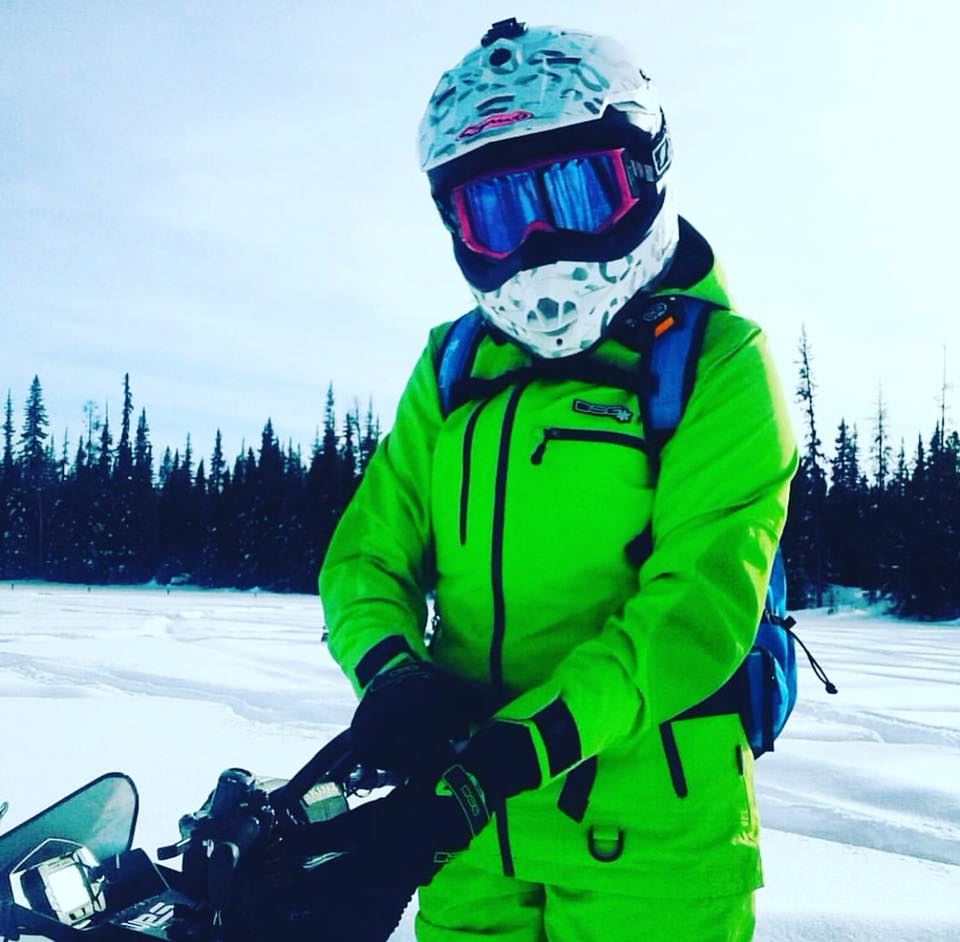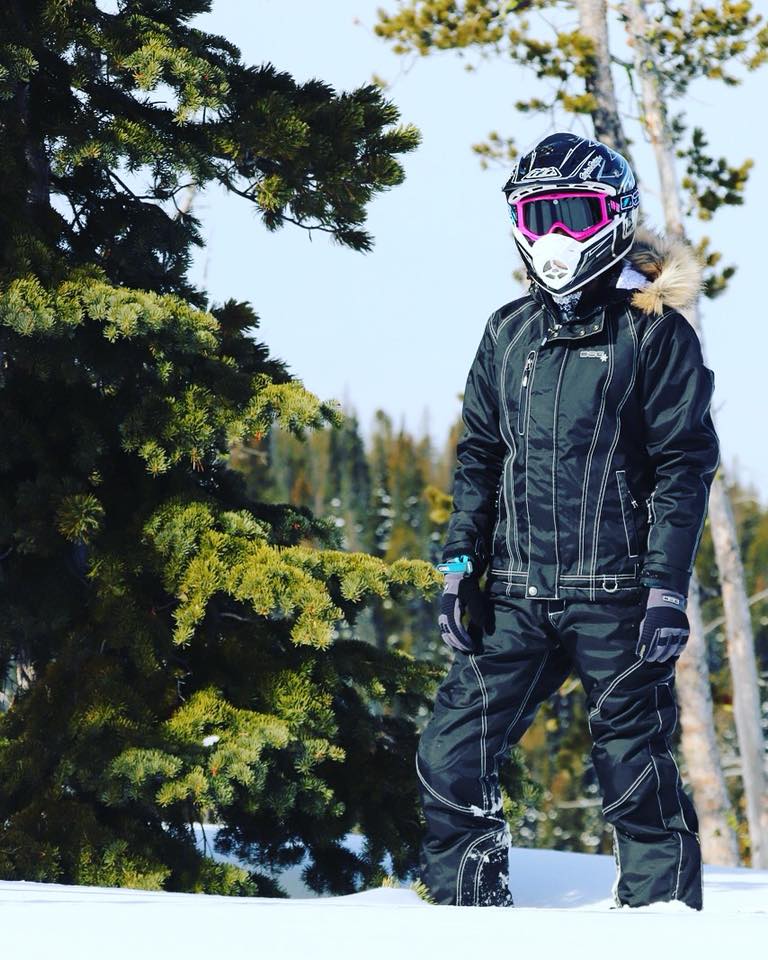Fight Goggle Fog
Posted by Samantha Simma on Feb 11th 2019
When it comes to snowmobiling (or any activity), your vision is one of your greatest assets. So when something interferes with your ability to see, it’s not only frustrating, but potentially dangerous as well. In the winter, the weather can be the most unpredictable intrusion on our ability to see and navigate terrain. A more predictable interference is foggy goggles. Here’s how to prevent goggle fog...

Without getting too scientific, consider the heat and moisture within the human body. Then, consider the colder temperatures that produce the snow we need to ride on. Fog is caused by the build-up of the heat and moisture being given off by our skin being trapped on the inside of our goggles.
There are varied opinions on the use or removal of goggle nose shields and breath boxes. Some swear by specific goggle brands, heated goggles, lenses, and helmets, or breathing techniques. Try one of the tips, or try them all, because finding what works for you is as personal an experience as aligning with a brand of gear (although we know DSG Outerwear is at the top of your list).
Fit
There is no magic combination of helmets and goggles. Everyone’s face profile, size, shape, and amount of generated heat are completely unique. Comfort comes first, based on those variables. Ideally, your goggles will fit to your helmet in a way that minimizes exposing your face to the air. Gaps between your goggles and helmet can lead to frostbite on your face.
Breath Deflection
Ideally, your breath would go down and out your helmet, rather than rise into your goggles and line of sight. But breathing downward or out your nose is easier said than done when you’re tearing through fields of powder on your sled. Helmet breath deflectors or masks that deflect your breath can be added to your helmet setup. However, adding these components can affect the fit and comfort of your helmet and goggle setup. Make sure all these items, worn together, don’t create discomfort and in-turn negatively impact your overall enjoyment.

Tools
Like goggles themselves, there are all kinds of anti-fog sprays, cloths, and remedies on the market today. Some swear by a mild combination of dish soap and water, while others will stand by the good old-fashioned spit method for cleaning your lenses. At the end of the day, dry goggles are less likely to fog. So don’t wipe your goggles clear with a wet goggle bag or store your spare pair in a wet bag.The DSG Prizm Technical Jacket has a handy goggle wipe that stays clean and dry right in the front chest pocket.
Technique
When you or your friends are stuck, don’t do the heavy lifting with your goggles on. Heavy breather or not, the extra exertion will surely cause your skin to give off more sweat and, consequently, increase fogging. Once the cycle of fog starts, it’s tough to stop, so nip it in the bud before it begins. For added insurance, bring a back-up pair of goggles.
As gear technology expands, there are all kinds of goggles with different fog-fighting technologies added in. From goggle fans to heated lenses, there is no perfect solution, only an individualized solution that applies to each unique rider. The biggest key to success in these scenarios is to keep your goggles dry and preventing moisture buildup. Snow is good for your ride, but not for creating a goggle sauna.

